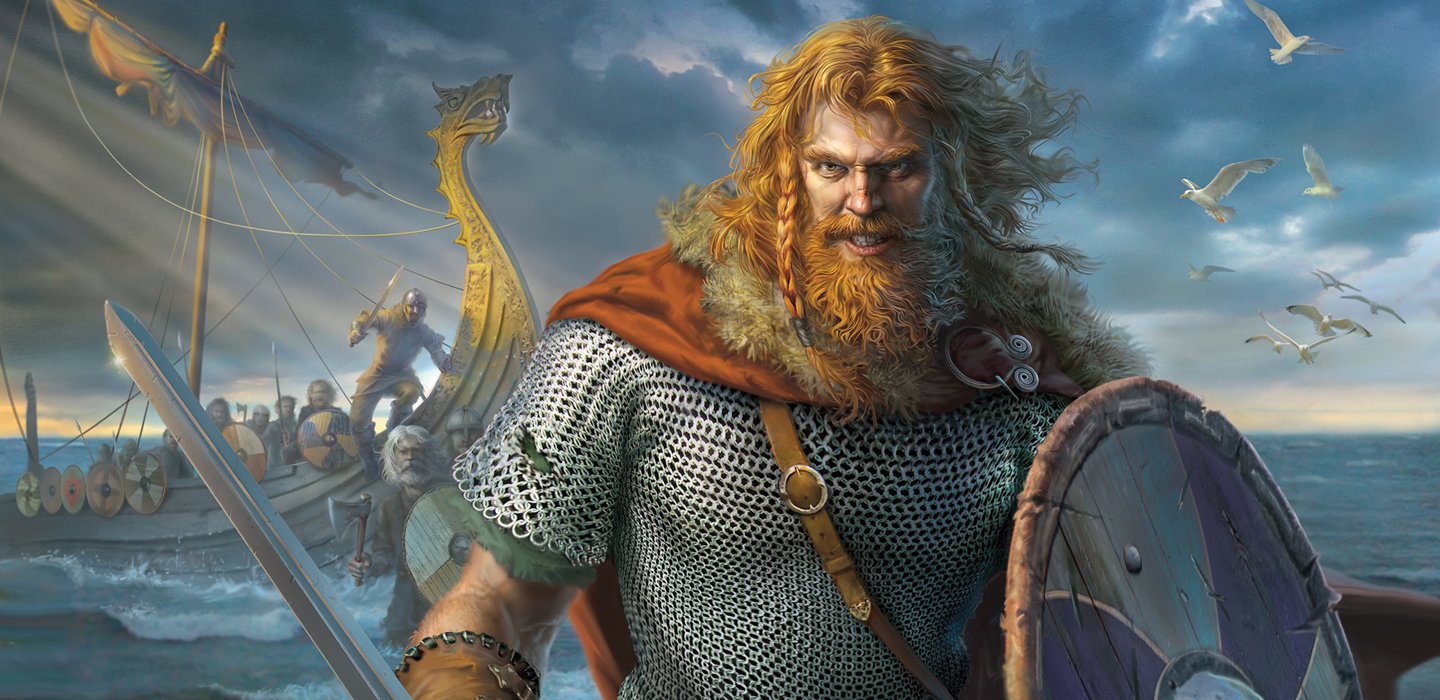The famous explorer Christopher Columbus often gets the credit for being the first European to make it to the New World. But centuries before he set sail from Spain in 1492, a group of seafaring travelers called the Vikings got here first.
Often depicted as wild-haired, sword-wielding warriors, the Vikings sailed to eastern Canada from Europe around the year 1000 and established a settlement. Since scientists discovered that site nearly 60 years ago, it has widely been considered the only Viking settlement ever to exist in the Americas. Until now.
Using a research method called “space archaeology,” experts recently discovered signs of what could be a second Viking site in Canada, about 300 miles southwest of the first discovery. By studying satellite images of the terrain taken from space, the archaeologists found evidence of a possible Viking structure buried at Point Rosee, on the Canadian island of Newfoundland.
Now archaeologists are excavating the muddy earth at Point Rosee, hoping to find proof that Vikings once lived there. Sarah Parcak of the University of Alabama and the lead archaeologist, thinks that what she and her team find could rewrite North American history.
“Either it’s an entirely new culture that looks exactly like the [Vikings’], and we don’t know what it is,” she told The Washington Post, “or it’s the westernmost [Viking] site that’s ever been discovered.”
The famous explorer Christopher Columbus is often thought of as the first European to make it to the New World. But centuries before his journey from Spain in 1492, a group of explorers called the Vikings got here first.
The Vikings are often portrayed as fierce warriors who fought with swords. They sailed to eastern Canada from Europe around the year 1000 and established a settlement. Scientists discovered that site nearly 60 years ago. It has been known as the only Viking settlement ever to exist in the Americas. Until now.
Experts recently discovered signs of what could be a second Viking site in Canada. They discovered this possible site using a research method called “space archaeology.” This site is located about 300 miles southwest of the first discovery. The archaeologists studied satellite images of the land taken from space. They found evidence of a possible Viking structure buried at Point Rosee. That’s on the Canadian island of Newfoundland.
Archaeologists are now digging in the muddy earth at Point Rosee. They are hoping to find proof that Vikings once lived there. Sarah Parcak of the University of Alabama is the lead archaeologist in the investigation. She thinks that what she and her team find could change North American history.
“Either it’s an entirely new culture that looks exactly like the [Vikings’], and we don’t know what it is,” she told The Washington Post, “or it’s the westernmost [Viking] site that’s ever been discovered.”

